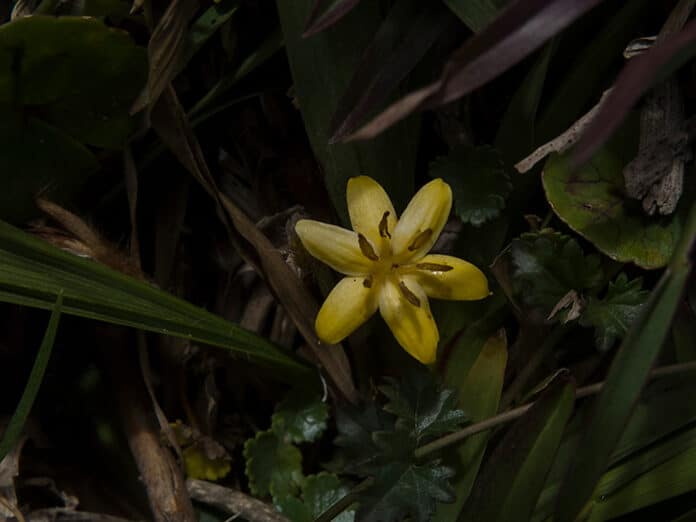The antidepressant properties of orcinol glucoside (OG) are well established. It is mostly present in the rhizome of Curculigo orchioides Gaertn, also known as Xianmao in Chinese. According to testimony, OG has a variety of pharmacological effects. According to a few research, the main ingredient in C. orchoides with antidepressant activity may be OG.
However, due to ineffective plant extraction and difficult and pricey chemical synthesis, the commercial applicability of OG remained constrained.
The highly active orcinol synthase (ORS) and UDP-dependent glycosyltransferase (UGT) involved in the production of OG were discovered in this study using an effective screening pipeline. Using C. orchioides’ transcriptome sequencing, computational analysis, and in vitro functional validation, researchers could pinpoint the pathway.
The biosynthesis of OG is firstly catalyzed by ORS, which is a type III polyketide synthase (PKS), via condensation of 1 molecule of acetyl-CoA and 3 molecules of malonyl-CoA to generate orcinol, which is subsequently modified with UGT at the carbon-3 or carbon-5 hydroxy group to generate OG.
Scientists employed metabolic and comparative transcriptome analyses to explore the functional genes encoding ORS and UGT in C. orchioides. They evaluated the distributions of OG and its precursor orcinol in the roots and leaves of C. orchioides. The results showed that OG was mainly enriched in the roots, with almost 3-fold greater abundance than in leaves. At the same time, the total content of OG and orcinol in roots was also higher than in leaves.
Scientists could also identify 5 ORS candidates from other species based on sequences similarity. All ORS candidate genes were characterized using in vitro enzyme activity assays with acetyl-CoA and malonyl-CoA as substrates.
The UGT responsible for OG formation in C. orchioides remains unknown. By integrating transcriptome sequencing, constrained molecular docking, and functional characterization, we constructed a pipeline to narrow down the candidate genes encoding UGTs. The restrictions of gene expression and substrate binding rapidly eliminated more than 90% of potential candidates.
The labor-intensive functional validation of candidate UGTs was then conducted on only 6 genes, avoiding tedious experimental testing. This process offers a way to discover new glycosyltransferases and other functional genes in the biosynthetic pathways of natural plant products, which has also been applied to construct the comprehensive plant UGT database pUGTdb.
To improve the microbial production of OG, scientists mainly considered host cells, metabolic engineering, medium, and fermentation conditions. The emerging industrial microorganism Y. lipolytica is naturally endowed with high carbon fluxes towards acetyl-CoA and malonyl-CoA. For example, the overexpression of the endogenous YlPEX10 and YlACC1 genes, which had been used to improve the supply of acetyl-CoA and malonyl-CoA, did not improve the OG production, indicating that the precursor supply was not the limiting factor.
Indeed, the overexpression of downstream genes (CorcORS1 and CorcUGT31) in the biosynthetic pathway of OG significantly improved the production of OG. At the same time, we found that choosing a suitable fermentation medium largely determined productivity and was critical for reducing by-product synthesis.
After additional optimization of fed-batch fermentation conditions, the productivity of OG in the engineered strain YL-G12 was improved approximately 100-fold compared to the starting strain YL-G1.
By enhancing the downstream pathway, metabolic engineering, and fermentation optimization, the OG production in Yarrowia lipolytica was improved 100-fold, resulting in a final yield of 43.46 g/L (0.84 g/g DCW), which is almost 6,400-fold higher than the extraction yield from C. orchioides roots.
Journal Reference:
- Chen B, Liu X, Wang Y, Bai J, Liu X, Xiang G et al. (2023) Production of the antidepressant orcinol glucoside in Yarrowia lipolytica with yields over 6,400-fold higher than plant extraction. PLoS Biology 21(6): e3002131. DOI: 10.1371/journal.pbio.3002131
